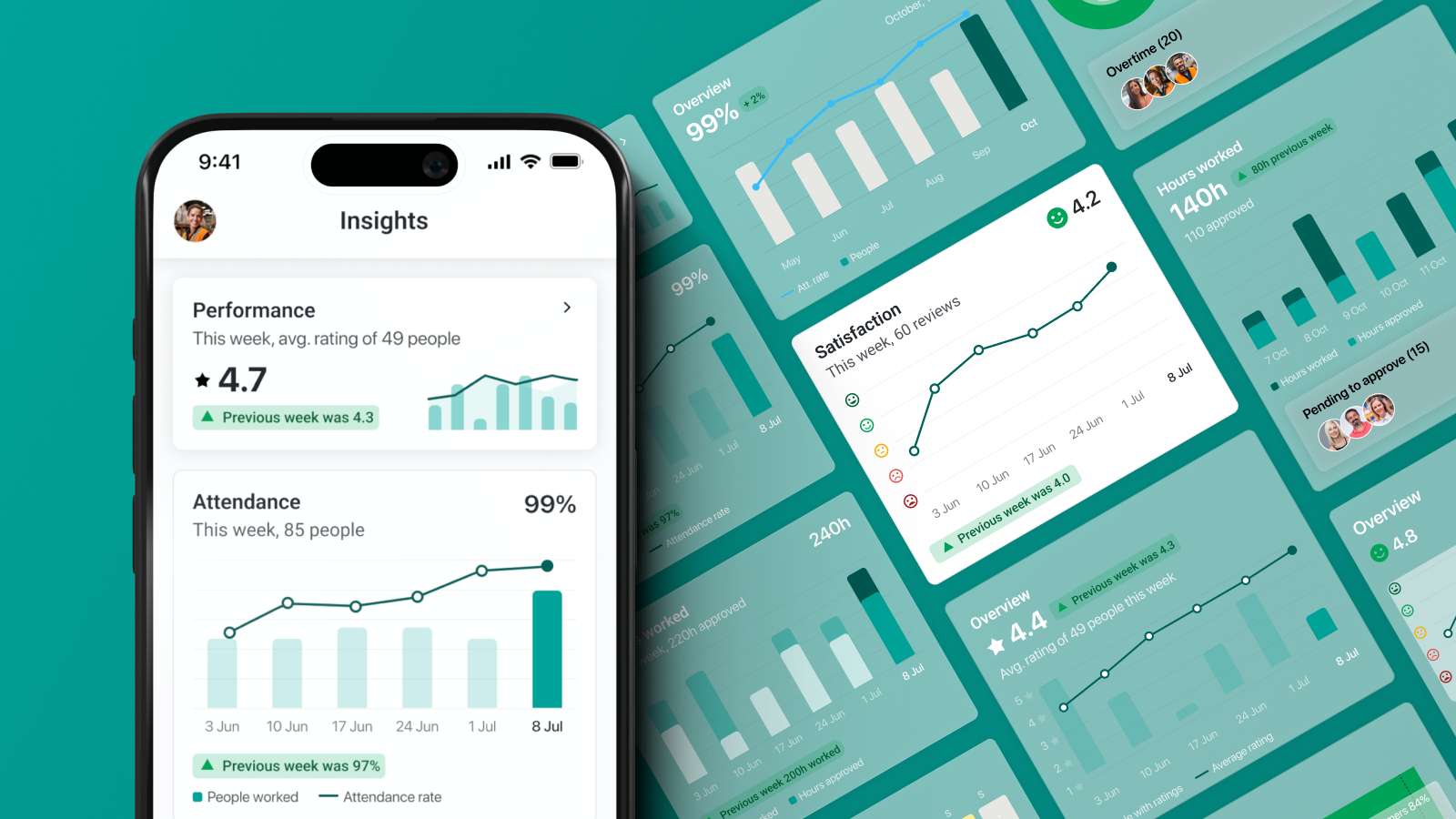
Imagine your warehouse team checking a live leaderboard during a shift. Top performers get badges, real-time feedback, and even rewards at the end of the week. Sounds more like a mobile game than shift work, right? That’s the power of gamification in logistics and warehousing, and it’s quietly revolutionizing how the industry motivates, retains, and empowers workers.
Companies are seeing a real shift: lower turnover, better attendance, higher productivity, and more satisfied teams. But how does gamification actually work in a logistics setting? And why is it making such a big impact? Let’s unpack the strategies behind this trend and explore how digital staffing platforms like Job&Talent Business are making gamified workforces a reality.
What is gamification in logistics?
At its core, gamification means applying elements from games—like points, challenges, levels, and rewards—to non-game environments.
In logistics and warehouse operations, this could look like: awarding points for accurate order picking, creating team-based challenges for speed and efficiency, offering digital badges for attendance streaks, or ranking workers on leaderboards based on safety, output, or punctuality
It’s not about turning work into a game. It’s about using game psychology to improve engagement, behavior, and performance.
Why logistics leaders are turning to gamification
Warehouses face ongoing staffing challenges: high turnover, inconsistent attendance, and disengaged workers. Traditional incentives like bonuses and verbal recognition often aren’t enough. Gamification taps into deeper motivations:
Immediate feedback keeps workers aware of their performance in real time.
Friendly competition energizes teams and encourages peer recognition.
Small wins (like earning a badge) release dopamine and build momentum.
Progress tracking shows workers how they’re growing and developing.
In fast-paced, physically demanding environments, this can make a huge difference.
Engaging the workforce with gamification

Let’s face it—warehouse work is hard. Shifts are long, repetitive, and physically intense. Gamification introduces variety, recognition, and a sense of purpose, even in routine tasks. Here are a few proven ways logistics companies are using gamification to boost engagement in logistics roles:
1. Reward systems for key behaviors
Rather than only recognizing high volume, many employers now reward: early clock-ins, safety-first actions (like reporting hazards), or completing training modules.
This helps reinforce the right values without micromanaging.
2. Peer recognition programs
Using internal apps or platforms, workers can "like" or endorse colleagues for helping out or going the extra mile. It builds camaraderie and creates a more supportive work culture.
3. Real-time dashboards
Warehouse screens or mobile apps can show team performance, shift goals, and personal stats. Workers can track their own progress and compare with others, which keeps morale and motivation high.
How gamification fits into a modern workforce strategy
Gamification shouldn’t stand alone. It works best when it’s built into a tech-enabled workforce strategy, alongside tools like:
Shift planning software to set clear daily goals
Digital feedback tools to track worker sentiment and effort
Automated notifications that remind workers of upcoming shifts or alert them to recognition events
The Job&Talent Business platform contains a game-changing feature that allows workers to rate their shift experiences, providing supervisors with valuable feedback. Insights from this data can be used to design better incentives and respond faster to worker needs.
Common mistakes to avoid with gamification
While gamification can unlock big gains, it’s not a silver bullet. Here are a few traps to avoid:
1. Over-emphasizing competition: Too much rivalry can harm morale. Make sure collaboration and team wins are part of the system.
2. Ignoring feedback loops: Workers should feel that their input matters. Regularly update the system based on feedback and performance data.
3. Rewarding the wrong behaviors: Make sure the incentives align with business goals: speed, yes, but not at the cost of safety or accuracy.
Getting started: steps to introduce gamification in logistics
Here’s a basic roadmap for companies thinking about adding gamification to their logistics operations:
Identify key performance metrics you want to influence (e.g., attendance, speed, safety).
Select gamification tools that can track and reward those metrics.
Communicate the system clearly to workers, emphasizing fun, fairness, and transparency.
Start small with a pilot program in one warehouse or department.
Measure and refine the approach based on data and worker feedback.
Job&Talent Business is already helping logistics companies across the globe take this journey with minimal friction.
The future of gamification in logistics
In a sector where every second counts and every shift matters, gamification is more than a trend. It’s a practical, proven tool to unlock better performance and improve the day-to-day experience for essential workers. With AI, predictive analytics, and mobile-first tools, companies will be able to:
Offer highly personalized challenges and incentives
Predict disengagement before it happens
Build long-term career paths for warehouse workers through progressive goal-setting
The real question isn’t whether gamification will be a part of your workforce strategy—it’s how soon you’ll adopt it.
Want to see how this could work in your business? Get in touch with us to explore how Job&Talent Business can support your digital workforce transformation.


